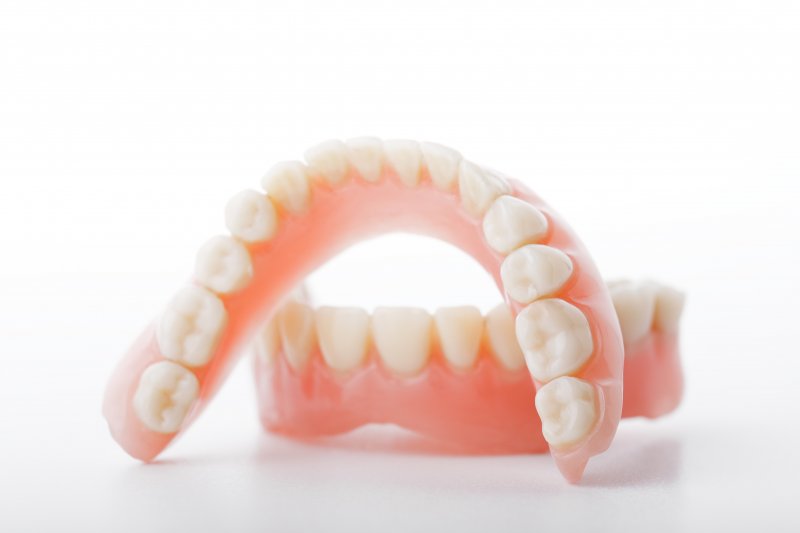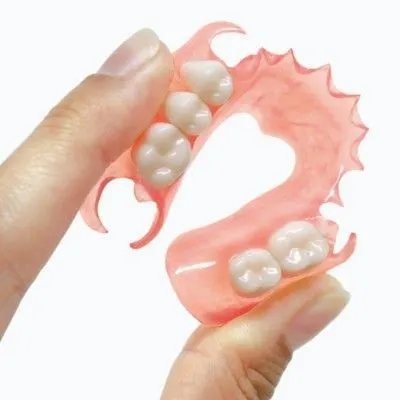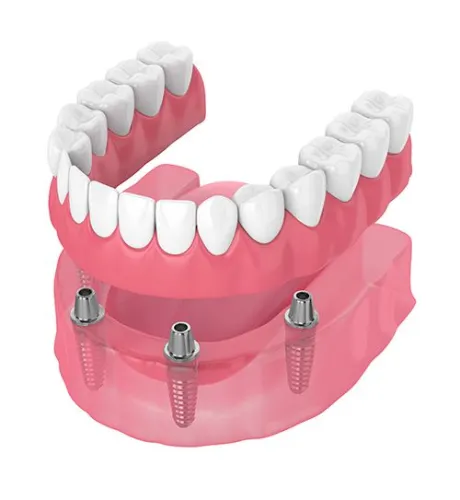Prosthodontics
specialist dentistry
Losing teeth can be frustrating, affecting chewing and appearance. Dentists can address this using implants or dentures. Discussing potential solutions and negotiating affordable options with your dentist is crucial for finding a suitable remedy for your situation.
Dentures are removable false teeth made of metal, nylon, or acrylic, filling gaps from missing teeth and fitting securely over the gums. You might need:
– Complete dentures for replacing all upper or lower teeth.
– Partial dentures for filling in a few missing teeth.
Two types based on timing:
– Immediate dentures placed right after tooth extraction.
– Conventional dentures provided after gum healing, which might take months.

Complete dentures are essential if all upper or lower teeth require extraction or when replacing an existing full denture. They come in two types: “immediate” and “conventional.”
- – Immediate dentures are pre-made and fitted right after teeth removal, preventing the wearer from being without teeth during recovery. However, due to changes in gums and bones during healing, more adjustments are often needed for comfortable fitting. Immediate dentures serve as a temporary solution until conventional dentures are ready.
- – Conventional dentures are made after tooth extraction and gum healing. They typically take 8 to 12 weeks to prepare for use in the mouth.
Partial dentures:
A partial denture typically includes false teeth fixed to a pink or gum-colored plastic base. This base is reinforced by a metal framework, securing the denture within the mouth. Alternatively, materials not needing a metal framework can also be utilized in creating partial dentures.


Snap-In dentures, also known as overdentures, offer greater stability and flexibility compared to traditional dentures. They are secured in place by dental implants or screws inserted into the jawbone, typically using two to four implants per jaw. Once the implants are in place, the overdenture is attached to them.
Depending on the implants and overdenture, the attachment can be permanent or removable for cleaning purposes. In some cases, up to 10 implants might be used based on individual circumstances and financial considerations.
Advantages of overdentures over traditional ones include enhanced stability during speaking, improved chewing capability for stickier and harder foods, better comfort with less gum friction, a more realistic appearance, and the ability to preserve the jawbone and prevent further bone loss.

